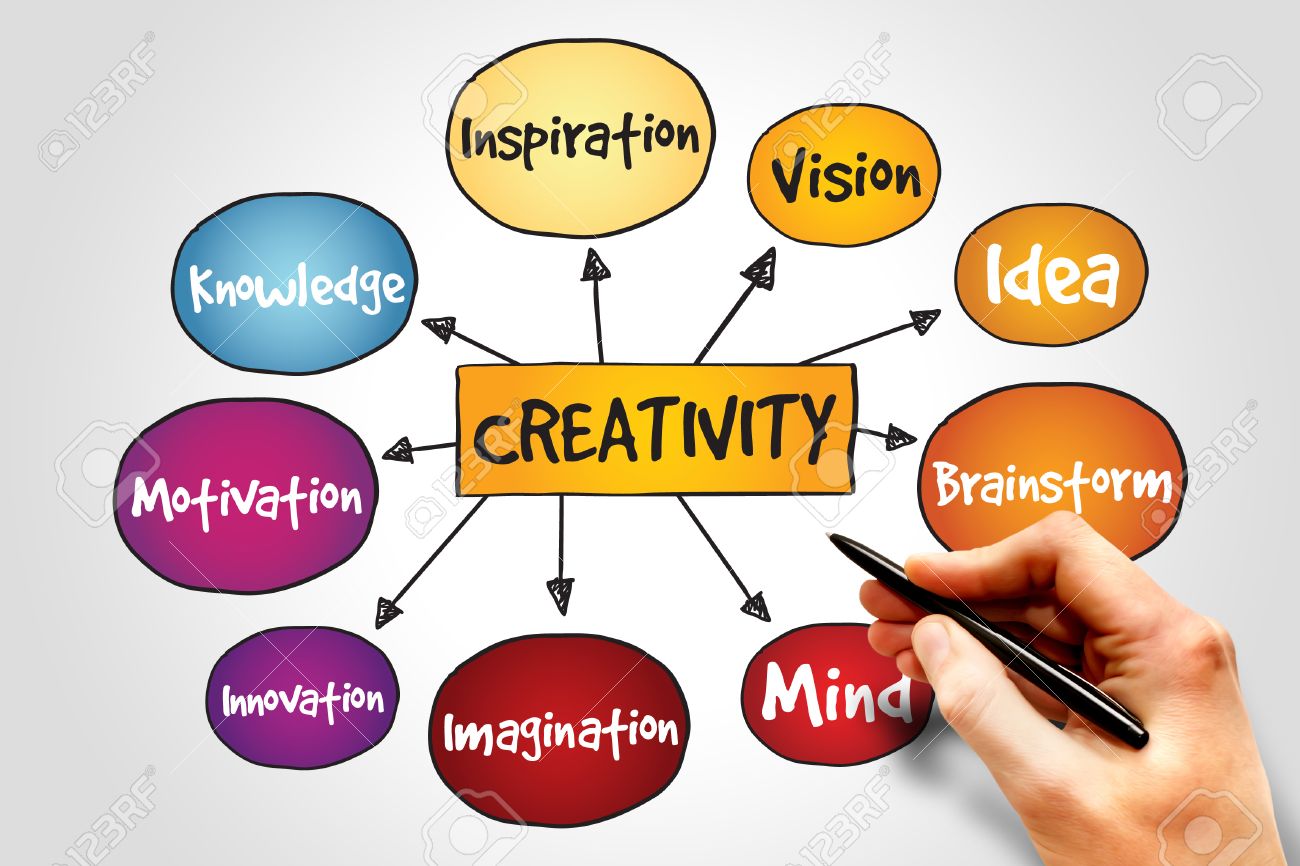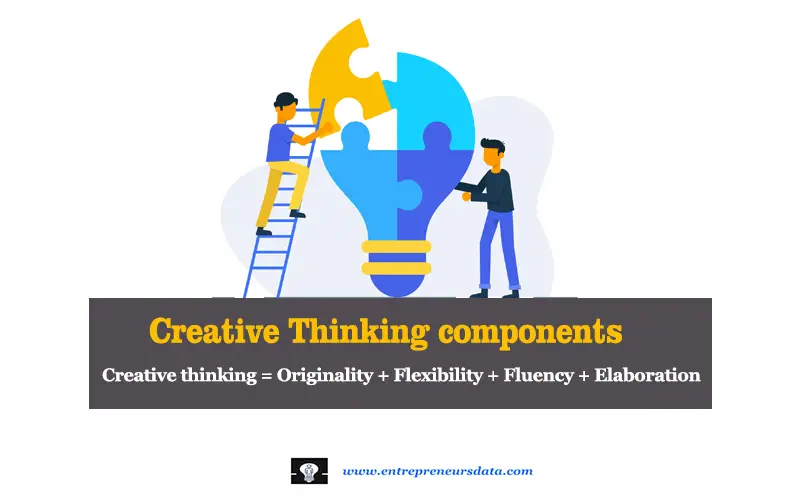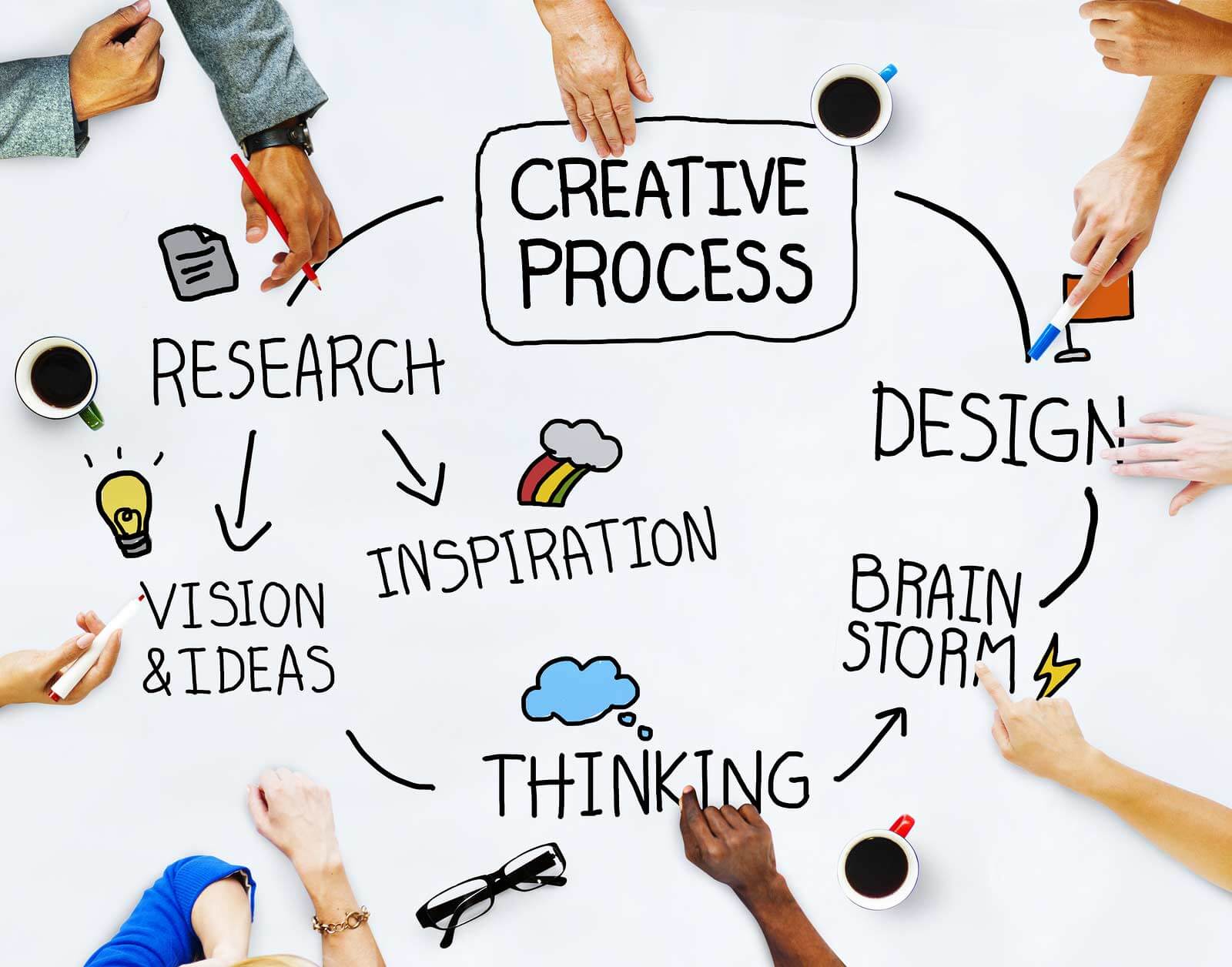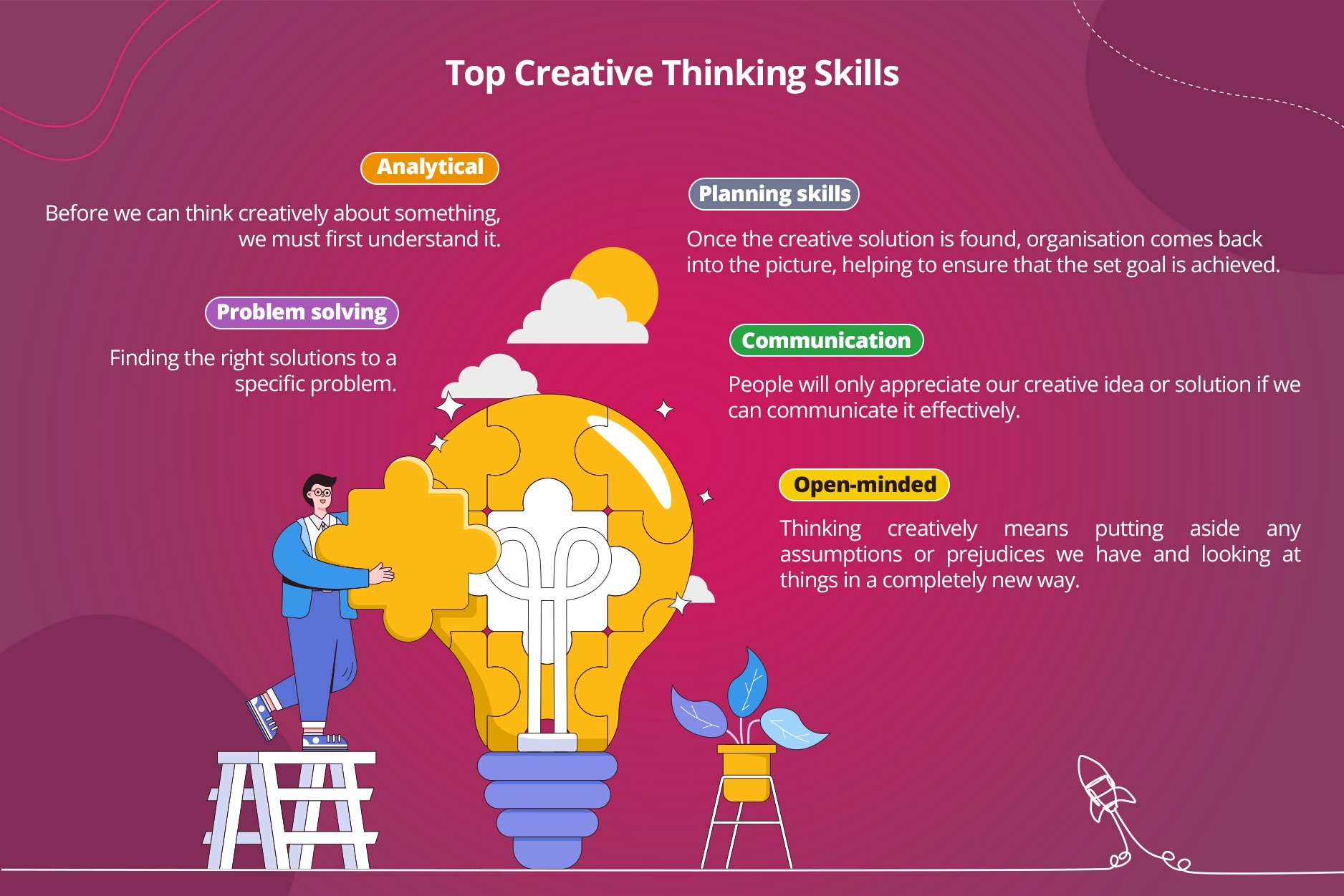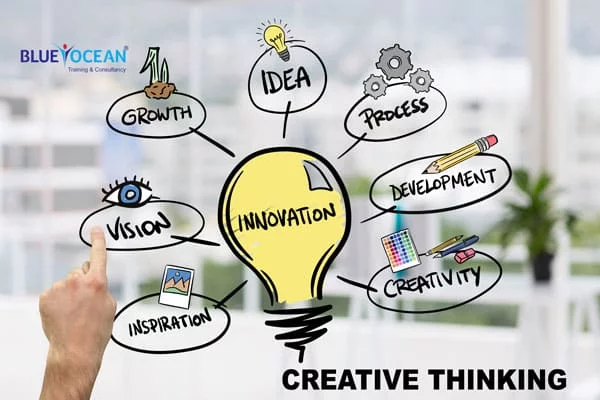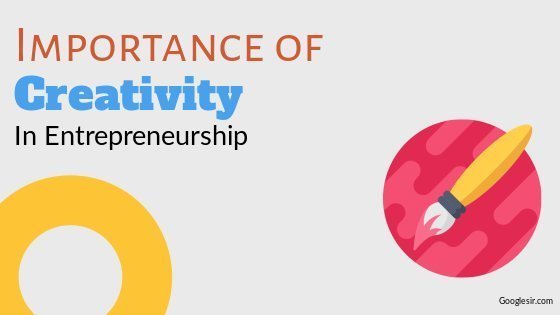What Is Creative Thinking In Entrepreneurship
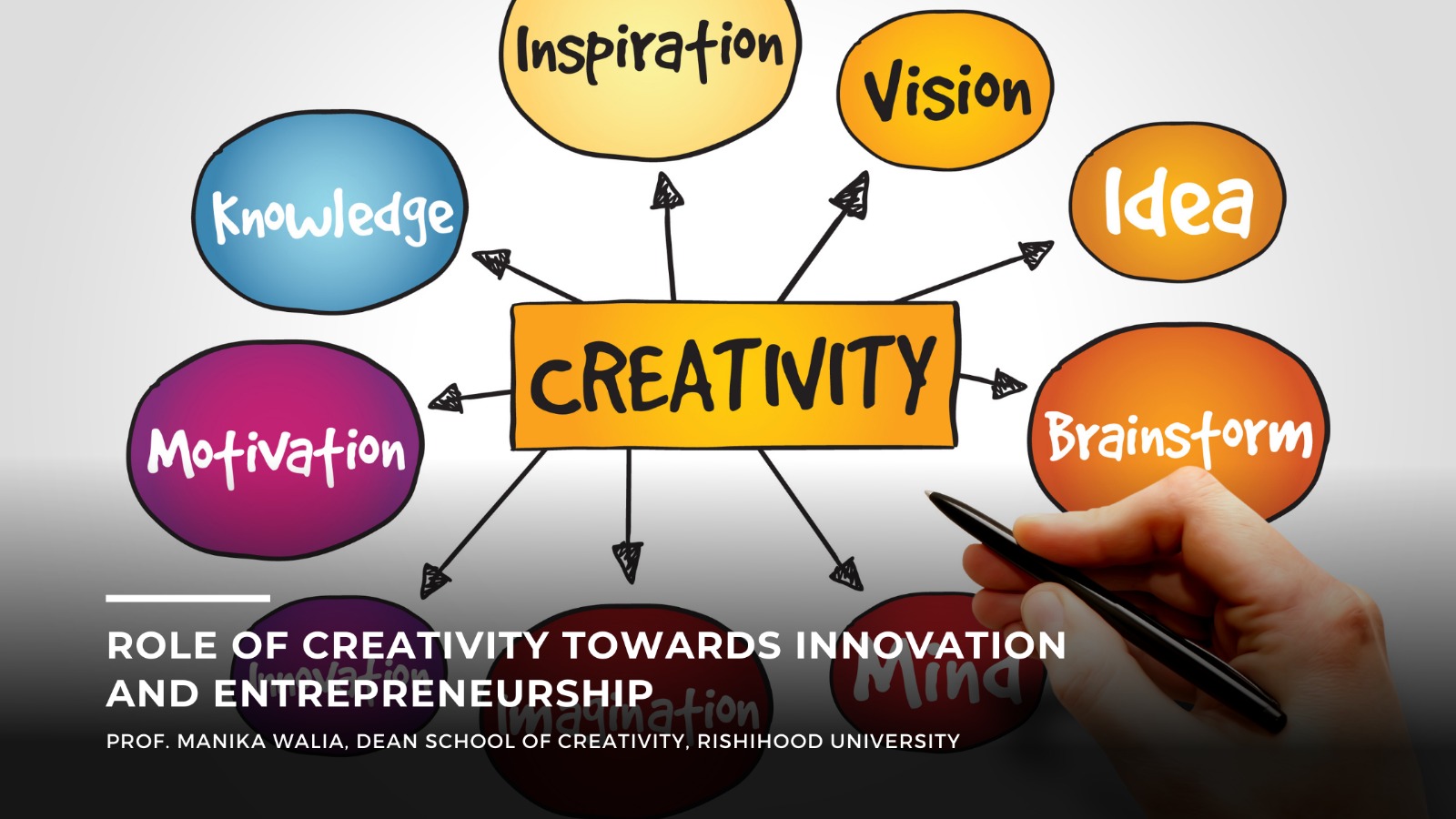
In the dynamic world of entrepreneurship, innovation is the lifeblood of success. But what fuels this innovation? The answer lies in creative thinking, a skill increasingly recognized as essential for navigating the complexities and uncertainties of the modern business landscape.
Creative thinking in entrepreneurship isn't just about generating novel ideas; it's a multifaceted process involving problem-solving, opportunity identification, and the development of unique solutions. This article explores the core components of creative thinking in entrepreneurship, its importance, and how it can be fostered.
Defining Creative Thinking in Entrepreneurship
At its core, creative thinking involves generating new ideas, approaches, or solutions. In an entrepreneurial context, this translates to identifying unmet needs, developing innovative products or services, and finding unconventional ways to deliver value to customers, according to a report from the Small Business Administration (SBA).
It goes beyond simple brainstorming. Creative thinking necessitates a blend of imagination, analysis, and critical evaluation to transform abstract concepts into tangible business opportunities.
Dr. Sarah Chen, a professor of Entrepreneurship at Stanford University, defines it as "the ability to connect seemingly disparate ideas to create something new and valuable in a business setting."
Key Components of Creative Thinking
Several elements contribute to creative thinking in entrepreneurship:
- Ideation: Generating a wide range of ideas without immediate judgment.
- Problem-solving: Identifying and defining problems, then developing innovative solutions.
- Opportunity Recognition: Spotting unmet needs or market gaps that can be addressed through new ventures.
- Experimentation: Testing new ideas and approaches to validate their feasibility and effectiveness.
- Adaptability: Adjusting strategies and plans based on feedback and changing market conditions.
These components work in tandem, enabling entrepreneurs to navigate uncertainty and turn challenges into opportunities. A recent study by the OECD (Organisation for Economic Co-operation and Development) highlighted that companies fostering creative thinking among employees are significantly more likely to report successful innovation outcomes.
The Importance of Creative Thinking for Entrepreneurs
In an increasingly competitive and rapidly evolving business environment, creative thinking provides a critical edge. It enables entrepreneurs to differentiate their offerings, attract customers, and build sustainable businesses.
According to the World Economic Forum, creativity is one of the top skills needed to thrive in the future of work, as automation and artificial intelligence reshape industries.
Creative thinking empowers entrepreneurs to:
- Identify New Market Opportunities: Spotting unmet needs and emerging trends.
- Develop Innovative Products and Services: Creating offerings that stand out from the competition.
- Solve Complex Problems: Finding unconventional solutions to business challenges.
- Improve Efficiency and Productivity: Streamlining processes and optimizing resource allocation.
- Adapt to Change: Responding effectively to market shifts and disruptions.
Maria Rodriguez, the founder of a successful sustainable fashion startup, credits creative thinking with her company's success. "We didn't just want to create clothes; we wanted to create a movement," she explains. "Creative thinking helped us develop unique designs and eco-friendly practices that resonated with our customers."
Fostering Creative Thinking
While some individuals may be naturally more inclined towards creative thinking, it's a skill that can be developed and nurtured. There are several strategies entrepreneurs and organizations can employ to foster a culture of creativity:
- Encourage Diverse Perspectives: Creating a team with varied backgrounds and experiences.
- Promote Open Communication: Fostering an environment where ideas can be freely shared and discussed.
- Embrace Experimentation and Failure: Allowing for risk-taking and learning from mistakes.
- Provide Training and Development: Offering workshops and resources to enhance creative skills.
- Create a Stimulating Work Environment: Designing workspaces that encourage collaboration and inspiration.
Many companies, like Google and IDEO, have implemented innovative strategies to promote creative thinking among their employees. These include "innovation sprints," design thinking workshops, and dedicated time for experimentation.
David Lee, a leading innovation consultant, emphasizes the importance of creating a "safe space" for experimentation. "People are more likely to take risks and share unconventional ideas when they feel they won't be penalized for failure," he notes.
Conclusion
Creative thinking is not just a desirable trait for entrepreneurs; it's a necessity for survival and success in today's dynamic business environment. By embracing creative thinking and fostering a culture of innovation, entrepreneurs can unlock new opportunities, solve complex problems, and build thriving businesses that make a lasting impact.
The ability to think creatively is the catalyst that transforms innovative ideas into real-world solutions. Entrepreneurs who prioritize and cultivate this skill are best positioned to not only navigate the challenges of the present but also to shape the future of business.
